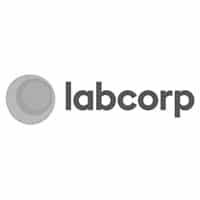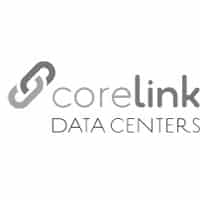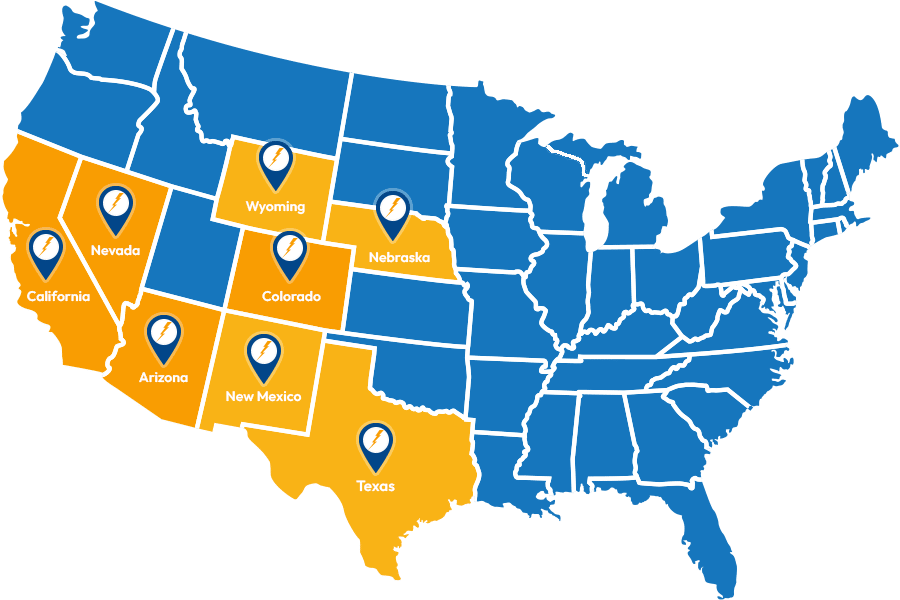 In the modern world, one of society’s most precious commodities has become information. With the explosion of the digital age that has affected almost every aspect of life, this often means data that has been stored digitally. For businesses and companies this is doubly true as data storage impacts all the systems and programs used to run the business. Data centers have become a popular way to store such information and can hold an entire entity’s lifeblood on its servers. Data center cooling is an important part of keeping data centers healthy, but why are they necessary and how do you choose the right system to protect your center?
In the modern world, one of society’s most precious commodities has become information. With the explosion of the digital age that has affected almost every aspect of life, this often means data that has been stored digitally. For businesses and companies this is doubly true as data storage impacts all the systems and programs used to run the business. Data centers have become a popular way to store such information and can hold an entire entity’s lifeblood on its servers. Data center cooling is an important part of keeping data centers healthy, but why are they necessary and how do you choose the right system to protect your center?
Data center cooling is necessary to keep servers and other electronic devices in good working condition. If you have ever been working at your personal computer and heard the fan come on, then you have a reference point for this concept. Devices that use electricity produce a waste product of heat. When there are many electronic products in one place, such as a data center, then the amount of heat given off by such devices can add up quickly. High heat levels can be destructive for servers and other electronic devices, causing corrosion and potentially making information inaccessible. To keep your data safe, your center needs a cooling system.
The two most common forms of data center cooling use methods that involve either air or a liquid to remove heat from the center. Air methods of cooling take advantage of the tendency for warmer air to rise above cooler air. In these systems, air in the center circulates through a special room designed to remove heat from the warmer air to outside of the facility and then recirculating the cooler air back through the building. Liquid cooling systems usually require more infrastructure but are generally considered to be more effective. Cool water or refrigerant is kept in a central location, such as a tower, and then runs through pipes into the facility, taking heat with it when it exits the building.
Whether you have an existing data center cooling system or are looking to install a new one, making sure the cooling system you use is sufficient for your needs is important. For those with an existing system, periodically checking things such as the air temperature inside the facility and in the racks can help you determine whether or not your servers and other equipment is at the proper temperature. If you suspect that your existing system is not up to par or are trying to gauge what you need for a new system, remember that for every unit of heat your equipment puts out, you will need a unit of cooling to counteract it. Every system should be rated with a cooling capacity, so sure the system you choose covers your maximum waste output.
Keeping your information safe with data center cooling should be a priority. Cooling allows you to prevent servers and IT gear from corroding. There are several different systems you can utilize to cool your facility, but air and liquid systems are most common. For help determining your facility’s needs and what system best fits the bill, contact an expert today.



























